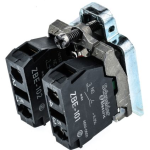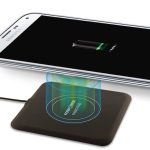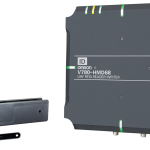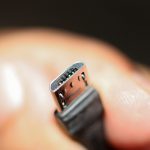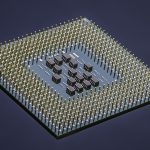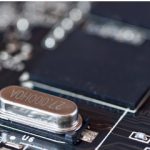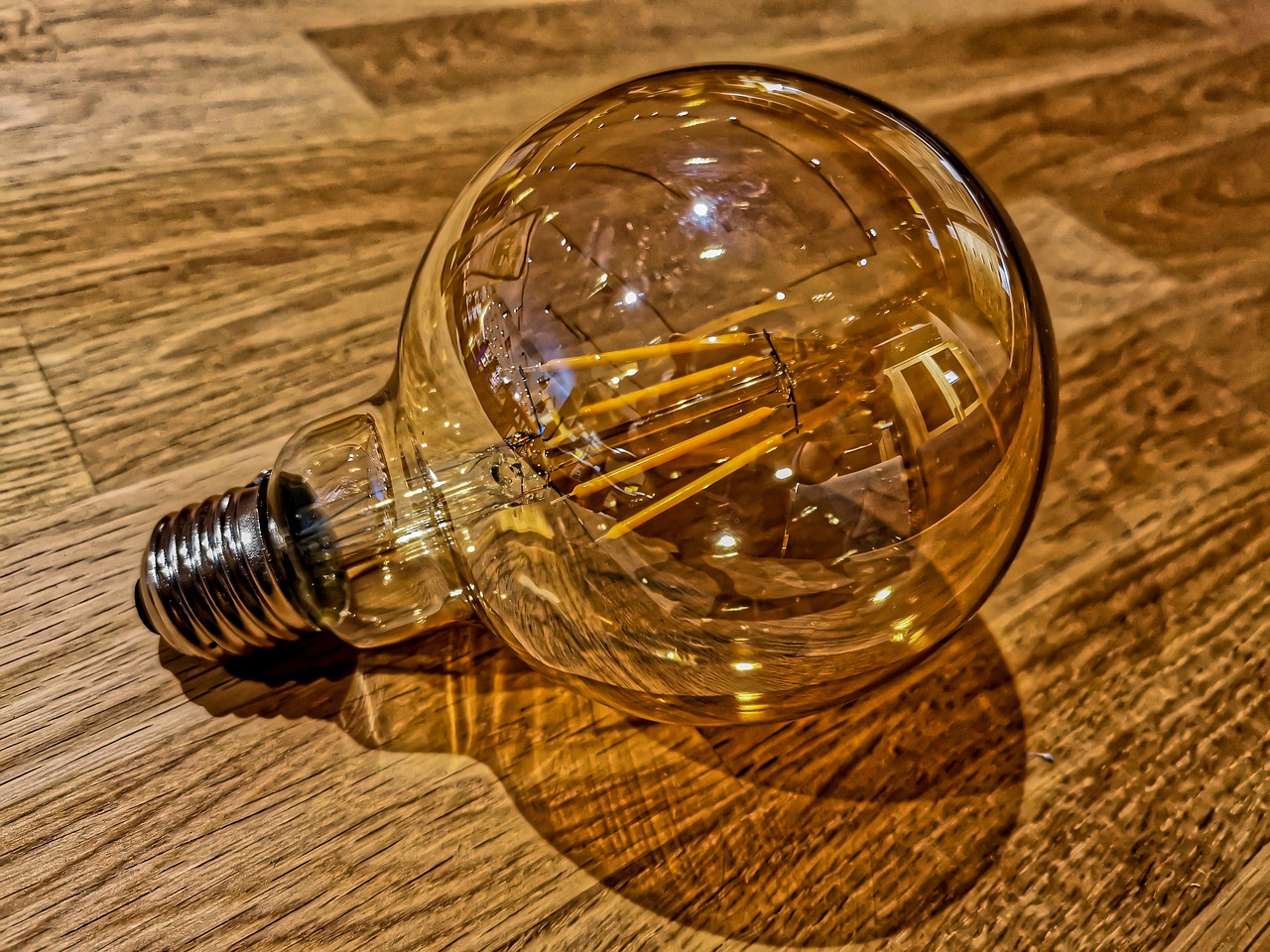
Mid-power LEDs
Do you see that sleek, ultra-thin HD TV set in front of you? Well, its existence has been made possible by mid-power LEDs. Which can be powered the shift from old cold CRT backlight TV. These are tiny LEDs measuring a few millimeters square. Courtesy of their size and weight, hundreds of them can be fitted unto a single light source but still weigh less than 250 grams. They can be pa packaged densely compared to high-power white LEDs. They offer relatively high-power white LEDs and a more uniform appearance. They also consume less power. Mid-power is for many reasons touted as the best alternative for LED lighting.
High-power, mid-power, and low power LEDs
To get a better grasp on mid-power LEDs is important to understand the three classifications of LEDs
Low power
They were the earliest LEDs in the market and were mostly used for indicator lights and identifying the status of machine condition.
High power
They are costly thus were initially used for research. Commercialization of high-power white LEDs led to the introduction of numerous lighting applications that took over lighting from traditional incandescent and halogen applications.
Mid-power
Mid-power LEDs consume less power and can be packed more densely and to give a more uniform appearance.
Plastic vs ceramic-packaged mid-power LEDs
Mid-power LEDs were initially largely plastic packaged. They were manufactured by LED TV makers who had initially more than doubled their LED manufacturing capacity in response to the nascent LED TV sector. Having realized that they did not require as many cheap LEDs as they had poised themselves to manufacture, the LED TV makers resorted to the manufacture of plastic-packaged mid-power LEDs for general lighting. They argued that they offered a cheaper option for general lighting.
As they became more prevalent, plastic-packaged LEDs proved to be less durable. The plastic packaging started degrading when subjected to high temperatures experienced by the devices during lighting. The degradation resulted in poor lumen maintenance, chromaticity shift, and shorter LED life. This resulted in the birth of ceramic packaged LEDs. Both plastic and ceramic packaged.
Examples
LUXEON 3535L Series
The LUXEON 3535L is packaged in a high-temperature plastic. It produces 37 lm at efficacy of 121lm/W. It runs on 100mA and a forward voltage of 3.05 V.
XLamp XH-G
The XLamp XH-G requires 65mA and a forward current of 2.9V. It produces 29 lm at an efficacy of 154 lm/W.
Mid-power LEDs and LED market
The prevalence of mid-power LEDs for general lighting applications is largely responsible for the reduction in the average selling price of solid-state lighting. This encourages the adoption of LEDs for lighting and driving growth in the LED sector. They are ideal for applications where cost is a critical factor. However, designers need to be aware that the product’s lifetime. Mid-power LED is less likely to live as long as their high-power counterparts. If longevity is critical, designers have the option of considering ceramic substrate mid-power LEDs. They offer longevity and low power consumption all in one.
More Resources:
- How to New RGB LED Lighting Shield with XMC1202 for Arduino?
- How to Choosing the correct LED and LED Driver?
- TE Connectivity Releases Hermaphroditic Connector for LED
- Heatsinks from Intelligent LED Solution , LED Lighting







